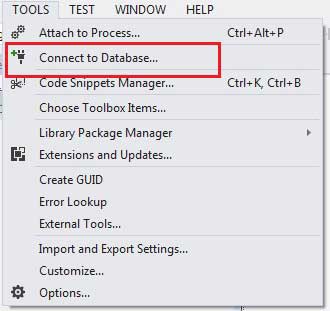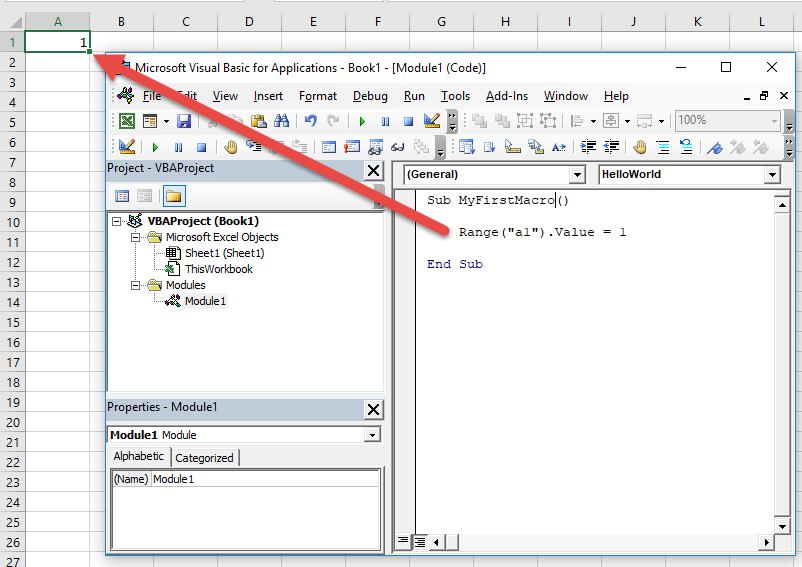This download includes a master set of Visual Basic and Visual C# code samples demonstrating various aspects of the language in the following areas: syntax, data access, Windows Forms, Web development and Web services, XML, security, the.NET Framework, file system and file I/O, interop and migration issues, COM+, ADO.NET, and advanced topics including graphics with GDI+, remoting.
Structured Query Language (SQL) is the computer language used for managing relational databases. Visual Basic for Applications (VBA) is the programming language developed by Microsoft to use with the Microsoft Office applications to create dynamic content. Microsoft Access is the database program inside of the Microsoft Office suite that uses both SQL and VBA to manage data and provide automation to systematic database functions. Using the programming shell behind Microsoft Access, you can connect to the main database, search for data, add new data and delete data by combining SQL and VBA programming code.
Type in the code to connect to the database. You will have to establish a connection in order to use SQL statements to the database. Type in a 'SELECT' SQL statement to select data from the database. A SELECT query is usually made up like this: 'SELECT columns FROM table'.

You can add criteria to the SELECT statement by adding in the 'WHERE' clause. For instance, you have a table called 'Customers' that you want to search for all of the customers with the last name of 'Smith.' The VBA and SQL code will look like this: strSelectQuery = 'SELECT. FROM tblCustomers WHERE LastName = 'Smith' The asterisk(.) is a wildcard, meaning that you want to pull all of the information, or columns, on anyone with the last name of 'Smith.'


To select certain columns, you would use: strSelectQuery = 'SELECT FirstName, LastName FROM tblCustomers WHERE LastName = 'Smith'. Type in the syntax to insert a new row into a table. Use the 'INSERT' statement. StrInsertQuery = 'INSERT INTO tblCustomers VALUES (John, Smith, 123 Main Street, Cleveland, Ohio)' If you had a Customers table that has FirstName, LastName, Address, City and State columns, this statement will insert in the data into the right column. The comma tells the code to skip to the next column before entering in the values. Be sure that you are typing in the values in the correct order of the columns in the table so that your data is consistent. Type in the SQL statement to change a row of data.
This is the 'UPDATE' statement. StrUpdateQuery = 'UPDATE tblCustomers SET LastName='Jones', FirstName='Jim' WHERE LastName='Smith' This statement changes everyone who has a last name of 'Smith' to 'Jones' and their first names to 'Jim.' You can change several columns of data at once in one UPDATE statement by separating the columns with commas.
The basic syntax for an UPDATE is 'UPDATE table SET column1=value1, column2=value2, column3=value3. WHERE column = value.'
Visual Basic Sql Code Example Template
Type in the VBA code that will run the query and save the results to recordsets. Close out the VBA code.
Visual Basic Sql Query
VB Net Login Form With DatabaseSource Code:- Check out my VB.Net Projects!